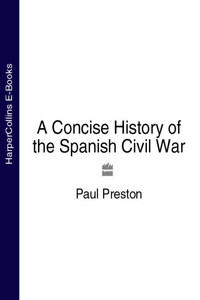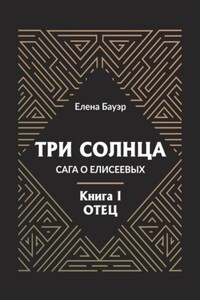1. Civilians killed on 19 July 1936 combating the uprising in Barcelona.
2. Nationalist propaganda linking Franco’s cause both to Spain’s imperial past and to contemporary Fascism and Nazism.
3. Official poster celebrating Franco’s victory.
4. Popular rejoicing in the Plaza de Cibeles in Madrid at the establishment of the Second Republic on 14 April 1931.
5. Church burnings of May 1931 in Madrid.
6. José María Gil Robles, leader of the Catholic authoritarian party, the CEDA.
7. José Antonio Primo de Rivera, founder of Falange Española, idealised as Jefe Nacional.
8. The official portrait of the Manuel Azaña, successively Minister of War, Prime Minister and President of the Republic.
9. Monarchists give the fascist salute at the funeral of their assassinated leader, José Calvo Sotelo.
10. The De Havilland D.H.89 Dragon Rapide hired by Luis Bolín in Croydon to take Franco to Morocco.
11. Franco in Tetuán, shortly after his arrival from the Canary Islands.
12. Diego Martínez Barno, briefly Prime Minister on 19 July 1936.
13. General Gonzalo Queipo de Llano.
14. British International Brigaders return to the front after convalescence.
15. Republican militiamen settle in the main square of Toledo for a long siege of the Alcázar.
16. Generals of the Nationalist Junta de Defensa arriving for the meeting at which Franco was chosen as commander-in-chief.
17. Franco haranguing the survivors of the siege of the Alcázar de Toledo on 29 September 1936.
18. General José Moscardó, commander of the Alcázar of Toledo, revisiting the ruins.
19. The ‘Cockney Express’, a van sent from London with food for besieged Madrid.
20. A Republican column in the Sierra de Guadarama.
21. Spanish Republican militia of the Socialist Unión General de Trabajadores.
22. The encircling Francoist forces subject Madrid to massive bombardment.
23. The citizens of Madrid shelter from bombardments in the undergound (Metro).
24. Letter from General ‘Mancini’ (the pseudonym used by Roatta) congratulating Italian troops for their capture of Malaga.
25. Basque refugee children stuff mattresses with straw at a camp near Southampton.
26. Italian volunteers of the Garibaldi Battalion of the International Brigades fought Mussolini’s Corpo di Truppe Volontarie at Guadalajara.
27. Nationalist Safe-conduct issued to a German pilot of the Condor Legion.
28. An ambulance bought by black Americans.
29. The glorification of Franco, stressing the links with the imperial past and the links with contemporary fascism.
30. Franco, his wife, the Archbishop of Santiago and other Church dignitaries giving the fascist salute.
31. A priest saying mass for Nationalist troops in the village square of Posada (Santander).
32. Manuel Hedilla.
33. Dolores Ibárruri, ‘La Pasionaria’, with Santiago Alvarez.
34. Colonel Enrique Líster consulting with Juan Modesto.
35. Franco, Serrano Suñer and Mola in Burgos, May 1937.
36. Belchite, near Zaragoza, the site of a Republican counter-offensive in August and September 1937.
37. Italian troops entering Santander on 26 August 1937.
38. The Fascist press claiming the capture of Santander for Mussolini and reporting Franco’s praise for the Italian troops.
39. Republican troops during the street-fighting in Teruel in January 1938.
40. Nationalist troops singing the fascist anthem on reaching the Mediterranean.
41. A boat being trundled to the banks of the Ebro for the crossing on 24 July 1938.
42. The farewell parade in Barcelona for the departing International Brigades on 29 October 1938.
43. General Juan Yagüe leading his occupying troops into Barcelona on 26 January 1939.
44. Republican refugees being herded into camps in France.
45. Dr Juan Negrín with General Vicente Rojo.
46. Julián Besteiro reading the manifesto of the Junta created by Colonel Casado.
47. Middle class women rejoicing at Franco’s capture of Madrid in March 1939.
48. Bill Alexander, Commander of the British Battalion of the International Brigades in 1938.
49. Bill Alexander at the unveiling in London of the monument to the Brigades on 5 October 1985.
50. The banner presented by the women of Barcelona to the British Battalion at the farewell parade.














